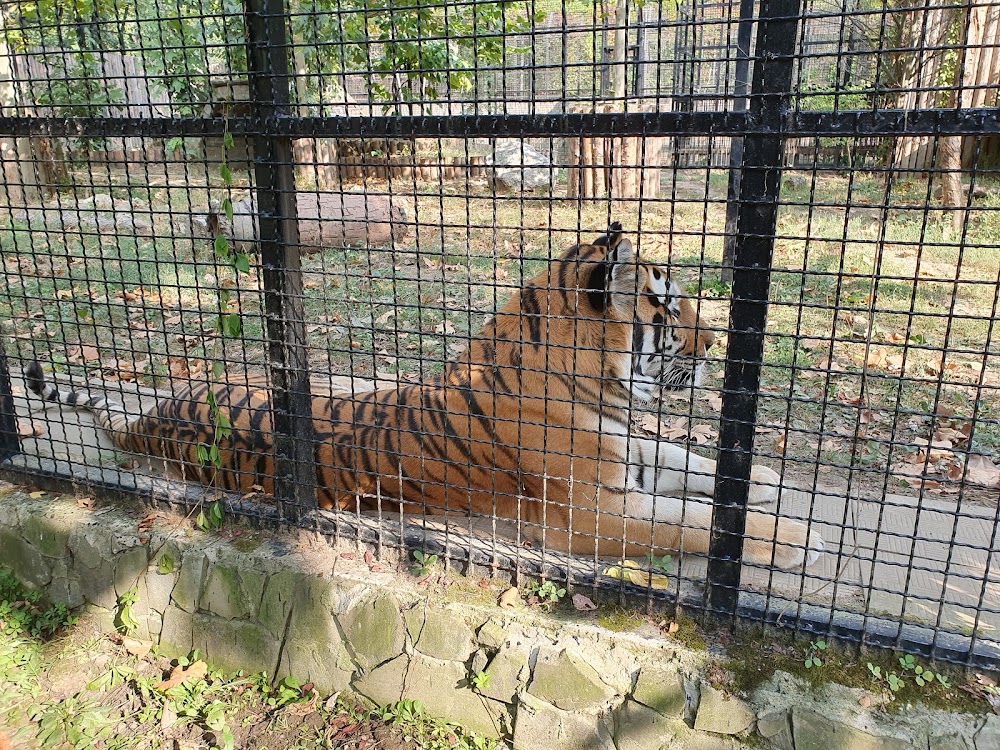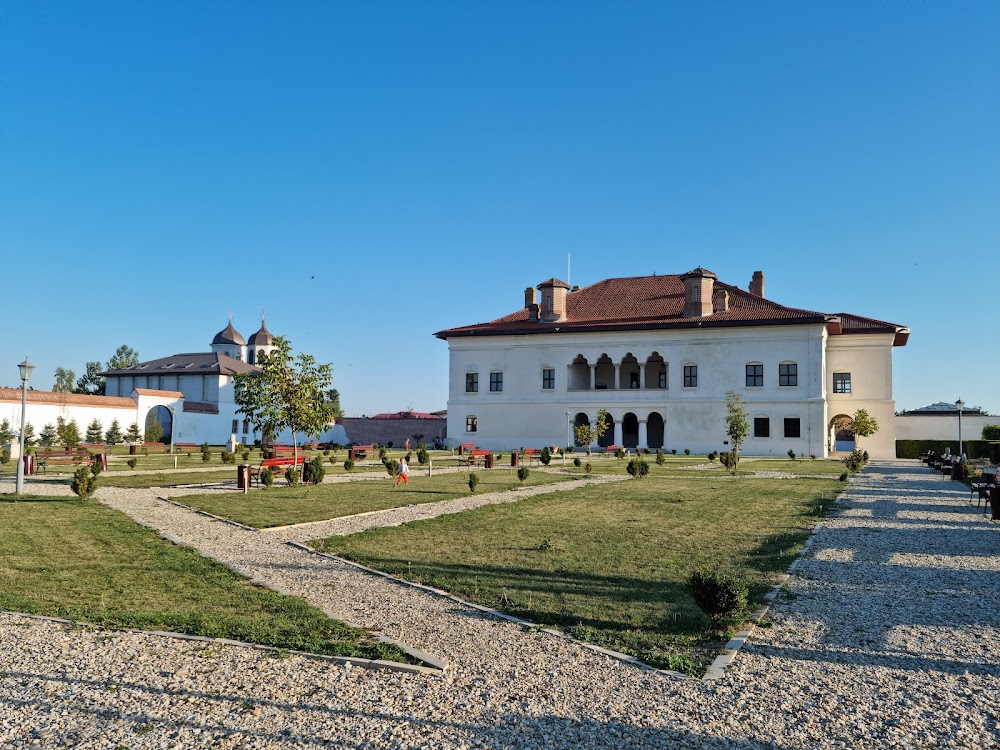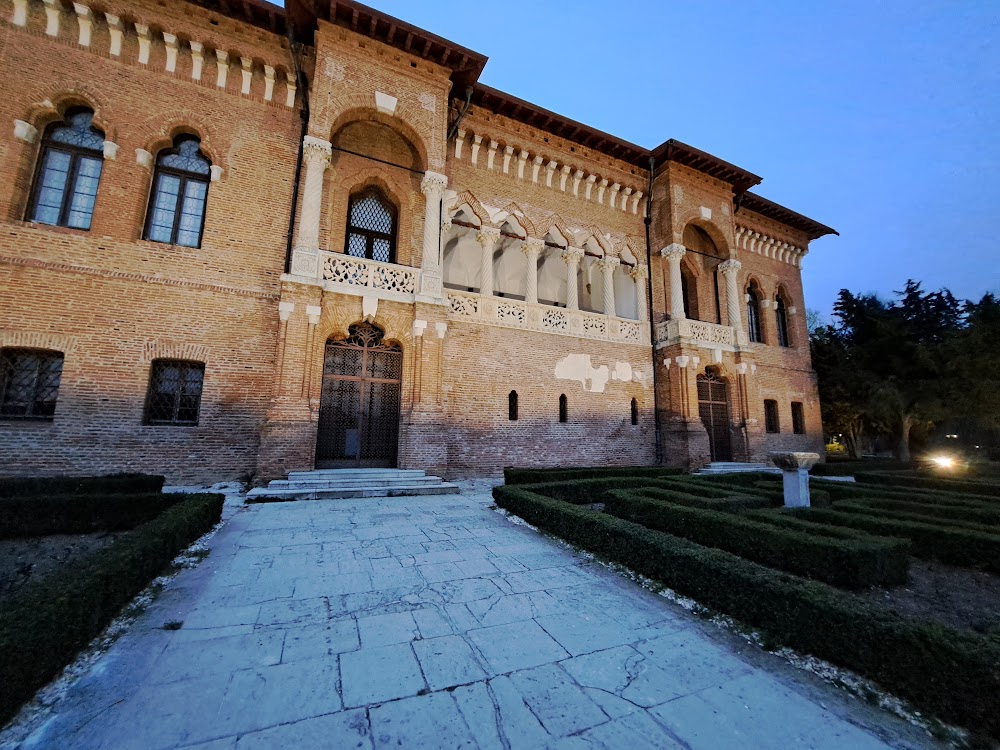Grădina Zoologică București (Grădina Zoologică București)
Overview
Zoo Bucharest: A Journey Through History and Conservation
Zoo Bucharest, nestled in Ilfov County, Romania, is a cherished institution with a rich history and a strong commitment to conservation. Officially opening its doors in 1955, the zoo has roots that trace back to the early 1920s, when a small collection of animals was maintained by the Bucharest Botanical Garden. This early initiative laid the foundation for what would eventually evolve into the beloved zoo we know today. Recognizing the need for a dedicated facility, local authorities began to make plans that would come to fruition in the following decades.
In the early 1950s, construction of Zoo Bucharest commenced, spearheaded by the local government. The vision was to create a space where visitors could enjoy and learn about diverse animal species. Despite the challenges posed by limited resources in the post-World War II era, the determination of the construction team shone through. Volunteers, skilled craftsmen, and donated materials played pivotal roles in crafting the initial enclosures and park infrastructure.
Zoo Bucharest officially welcomed its first visitors in 1955, showcasing a modest collection of animals that included local wildlife and species donated from other European zoos. The design of the zoo prioritized the creation of natural habitats for its inhabitants, striking a balance between animal welfare and the educational mission of the facility. Despite its humble beginnings, the zoo quickly gained popularity among locals and tourists alike.
As the years passed, Zoo Bucharest underwent numerous phases of modernization and expansion. The 1970s marked a significant turning point, introducing new enclosures and improved facilities for both animals and visitors. This era also saw the establishment of breeding programs for endangered species, reflecting a growing global emphasis on conservation. Collaborations with international organizations and other zoos enhanced the zoo’s animal collection and care practices, further solidifying its reputation.
The post-communist era of the 1990s presented challenges for many public institutions in Romania, including Zoo Bucharest. Financial struggles and shifting priorities necessitated adaptation. Nevertheless, with the support of non-governmental organizations, devoted staff, and a loyal public, the zoo persevered. This period saw enhancements in veterinary care, the introduction of educational programs, and significant improvements in animal habitats.
Entering the 21st century, Zoo Bucharest focused on modernizing its facilities to align with international standards. Many outdated enclosures were replaced with spacious, naturalistic habitats. Today, the zoo houses over 150 species, including majestic big cats like lions and tigers, large herbivores such as giraffes and zebras, and a diverse array of primates.
Commitment to Education and Conservation
One of the standout features of Zoo Bucharest is its unwavering dedication to education and conservation. The zoo frequently hosts school groups and offers guided tours and workshops designed to teach children about biodiversity and environmental stewardship. Furthermore, Zoo Bucharest actively participates in global breeding programs for endangered species, contributing to the preservation of wildlife worldwide.
Community involvement is a cornerstone of Zoo Bucharest’s success. The zoo regularly organizes events, festivals, and interactive sessions to engage visitors of all ages. Efforts to update exhibits and introduce new attractions ensure ongoing public interest and support. The leadership team continually seeks ways to enhance animal welfare and visitor experiences through feedback and collaboration.
Looking ahead, Zoo Bucharest aims to further expand its role in conservation and education. Plans are in place for new exhibits, upgrades to existing facilities, and the launch of more comprehensive conservation initiatives. Despite the challenges of managing and improving such a large institution, the dedicated team remains committed to their mission: to provide a sanctuary for animals and a place of learning and inspiration for all visitors.
A Testament to Efforts Across Generations
Zoo Bucharest stands as a testament to the endeavors of many generations. From its humble beginnings as a small animal collection to its current position as a vital conservation and educational facility, the zoo has played an essential role in connecting people with wildlife. It continues to inspire wonder and foster a deeper appreciation for the natural world among everyone who walks through its gates.







